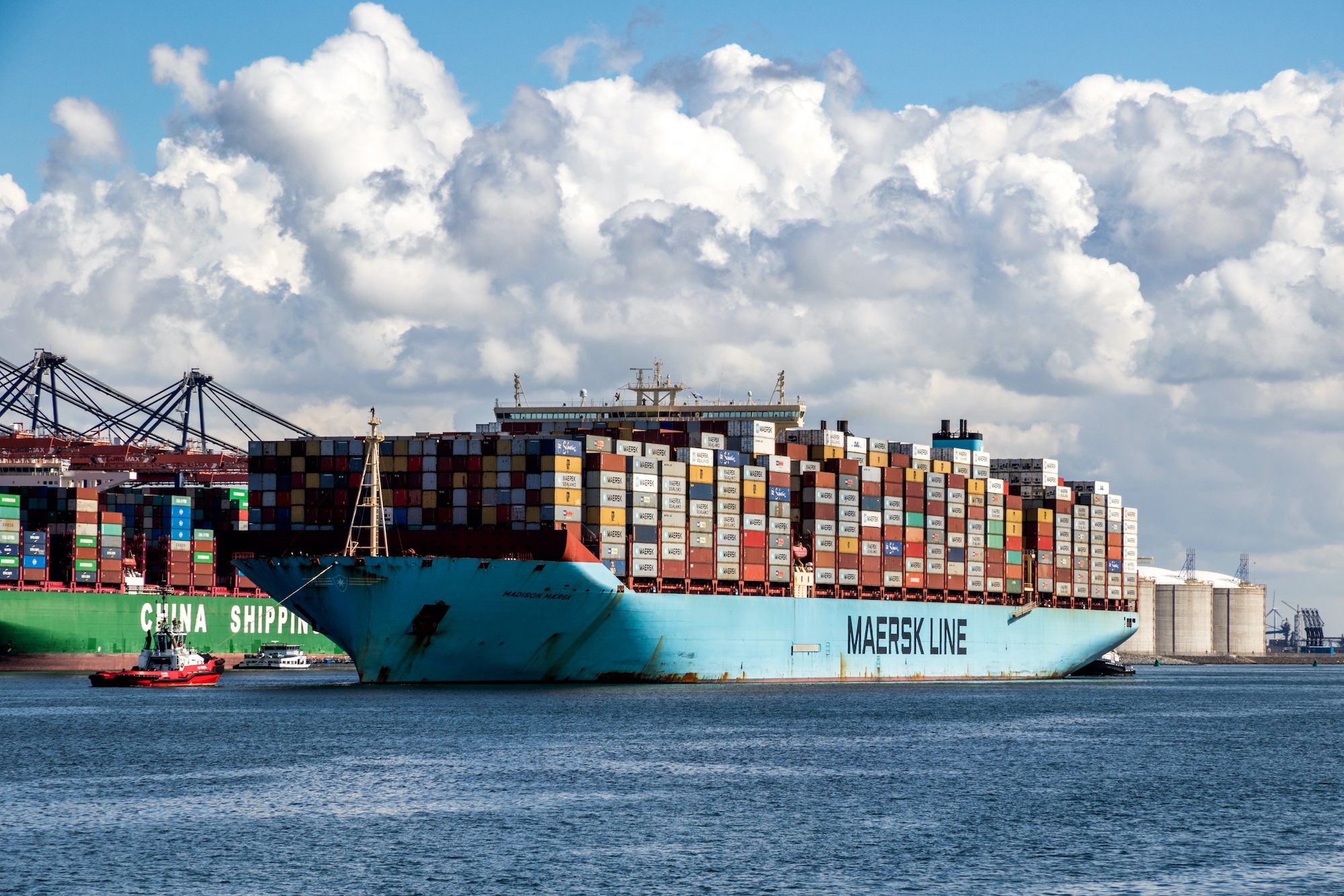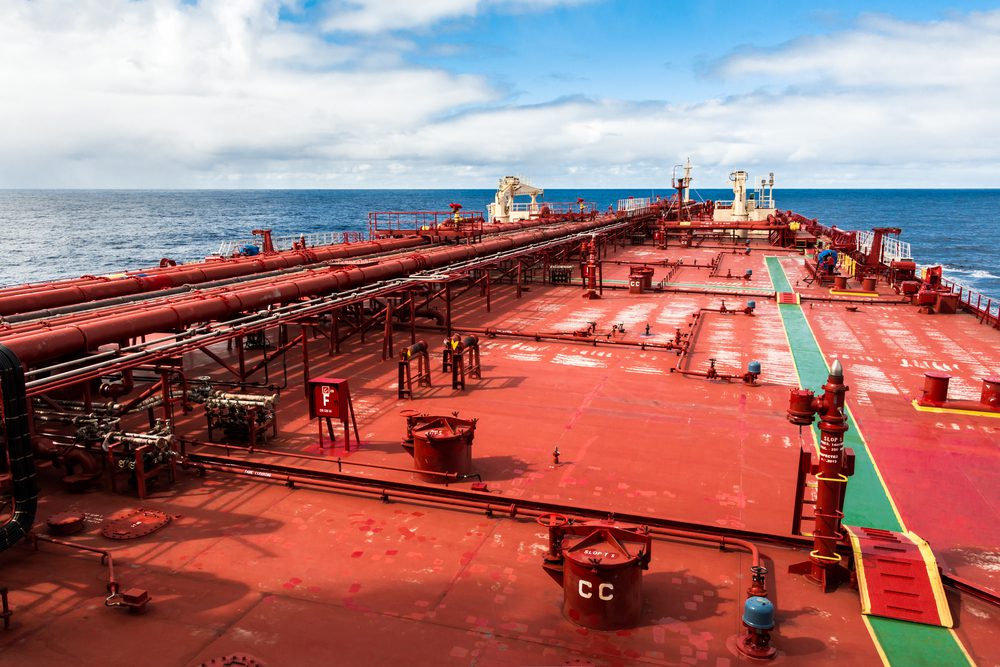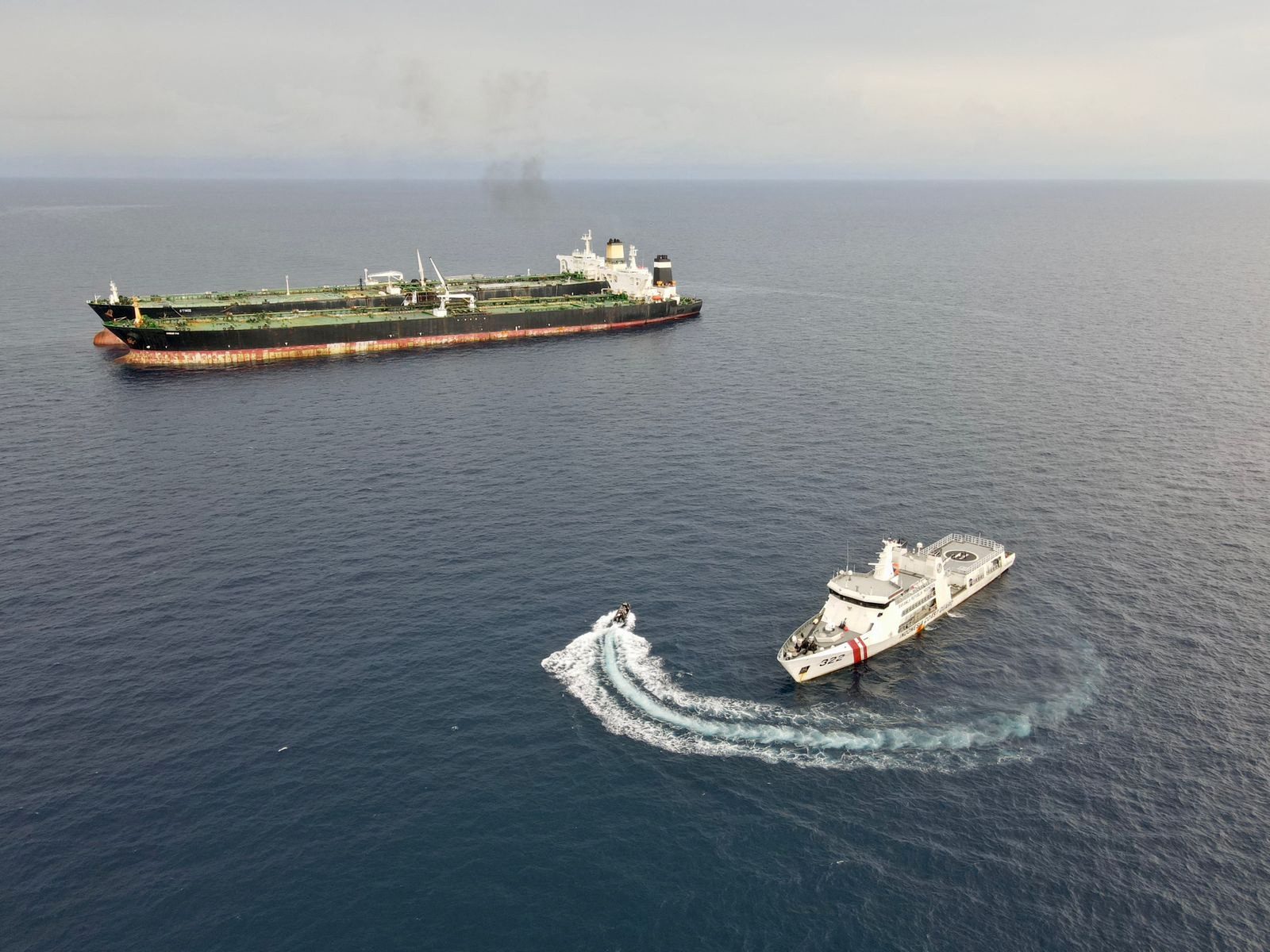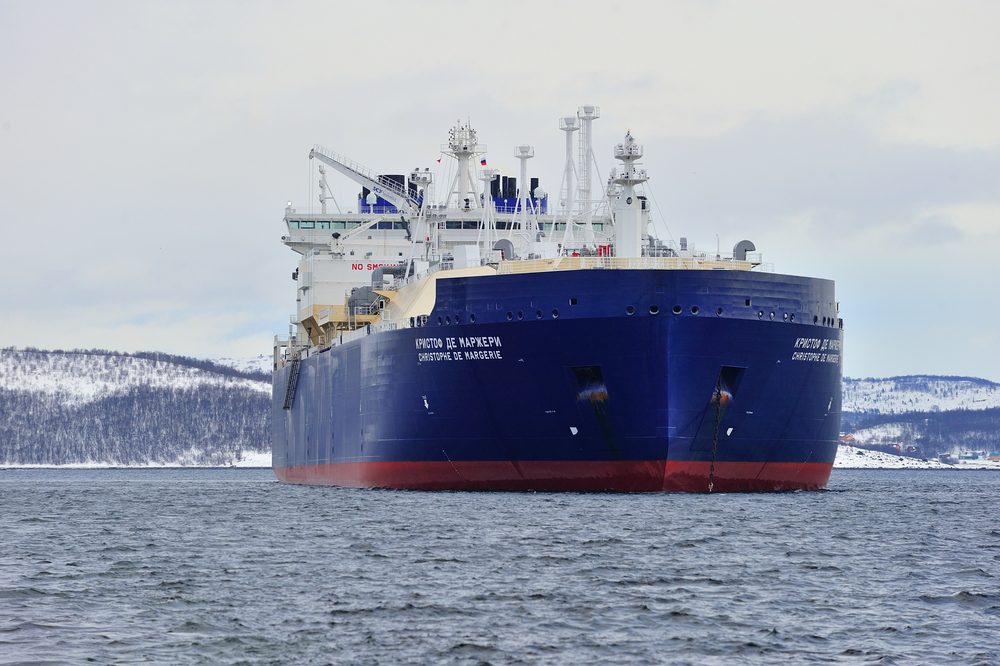The early months of 2025 will present unique challenges and opportunities for the shipping industry.
The Lunar New Year, beginning January 29, 2025, is expected to impact global shipping patterns, though its effects may be less pronounced than in previous years, Maersk indicated in its December Europe Market Update. The company pointed out that many businesses have adopted “planned resilience” strategies, spreading cargo movements throughout the year.
Chinese New Year significantly impacts global shipping through widespread factory closures, with production slowdowns usually beginning three weeks earlier and resuming by mid-February. Businesses typically rush to ship cargo before Chinese operations pause for celebrations, pushing freight rates higher.
“Next year, however, there remains a question as to how major an impact Chinese New Year will have on shipping due to businesses advancing cargo throughout the year in acts of ‘planned resilience’,” the update said.
In 2025, Maersk will implement major network changes as it exits its 10-year 2M Alliance with MSC Mediterranean Shipping Company to establish the new Gemini Cooperation partnership with Hapag-Lloyd. Launching in February, the so-called “Network of the Future” will introduce an innovative “hub and spoke” approach, targeting 90% service reliability in an industry currently averaging just 53%. A cornerstone of this transformation is the replacement of Felixstowe with London Gateway as the primary UK port for Asia-Europe service.
“Heading into 2025, we’re seeing significant operational adjustments across European terminals,” Maersk’s market update said, as evidenced by varying performance levels at key locations. While Bremerhaven maintains stable operations, ports including Rotterdam, Antwerp, and Hamburg are experiencing increased yard density, prompting calls for expedited cargo clearance.
Labor relations in the U.S. could also have ripple effects on European shipping, with negotiations between the International Longshoremen’s Association and United States Maritime Alliance extended to January 15th, 2025. The talks have faced challenges over automation initiatives, with potential strike actions threatening to disrupt traditional shipping patterns.
As part of its end-to-end logistics strategy, Maersk reports strong growth in air freight, with global spot rates increasing 25% over 2023. While Europe maintains its position as the leading import destination, routes from the Middle East and South Asia have experienced substantial rate increases of 73%.
Weather conditions remain a crucial factor for European shipping operations, with terminals already experiencing strong winds in the Adriatic region and similar challenging conditions expected across the continent.
Elsewhere, China has implemented new regulations on December 1st, 2024, controlling the export of dual-use items. The new Export Control List identifies approximately 700 goods and technologies that have potential civilian and military applications.
The new framework integrates with existing export control rules to streamline licensing, standardize controls, and strengthen oversight of high-tech sectors like semiconductors and AI. Companies can avoid penalties and maintain smooth operations by taking proactive steps to comply with these stricter regulations.

 Join The Club
Join The Club











